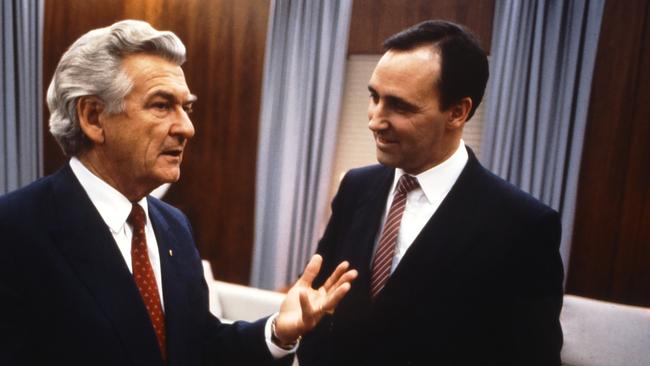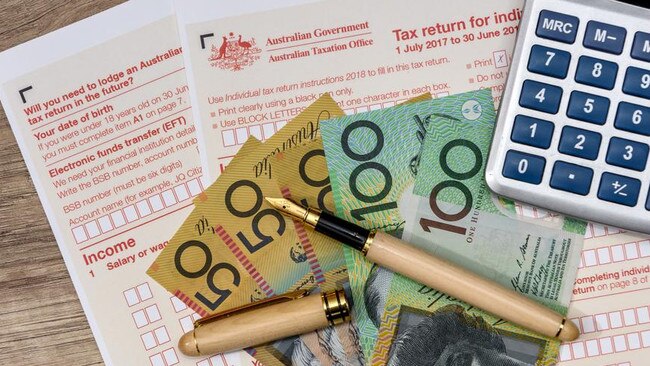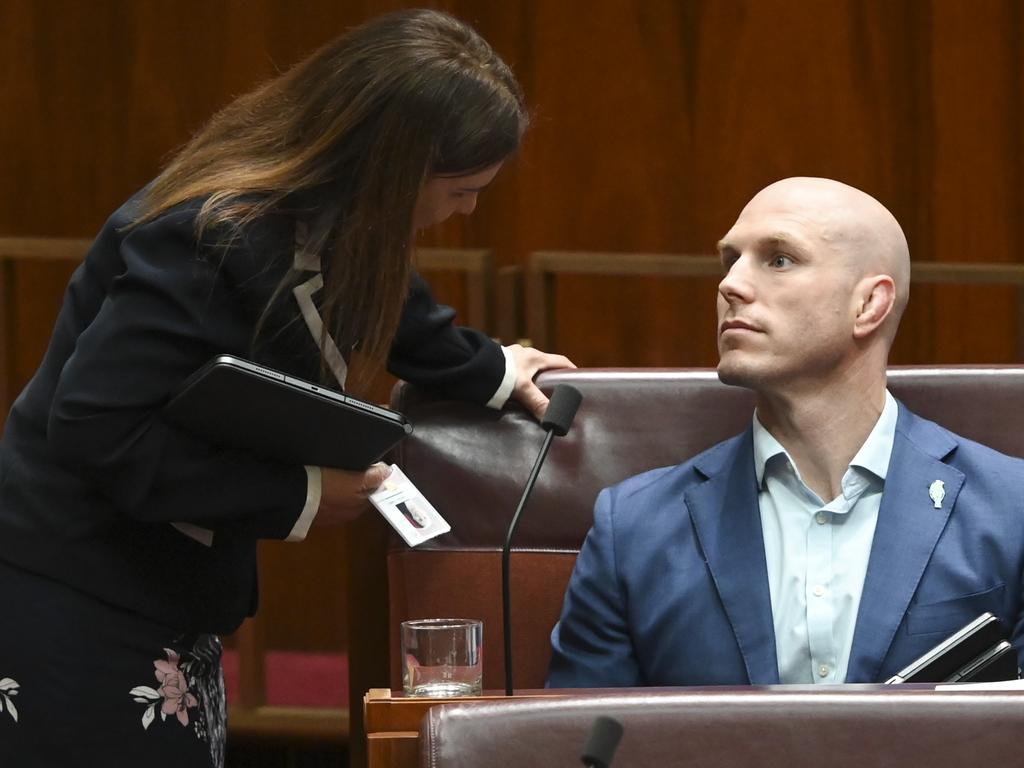Never mind the tax cuts, just focus on the elephant in the room

The changes announced by the Albanese government are but another demonstration of sugar hit Robin Hood politics.
In the short term, resources will be taken from the “rich” to be given to the “poor”.
However, through the reinsertion of the 37 per cent tax bracket coupled with the ongoing inflationary policies of Australian governments, very soon again, economic affairs will revert to taking from everyone and giving to the bureaucracy.
This was acknowledged in the Treasury advice released by the Albanese government in support of its decision where Treasury advised that this change would “increase tax receipts by around $28bn over the medium term from 2023-24 to 2034-35”.
Notwithstanding, the Albanese government still needs to be congratulated for increasing the size of tax cuts for lower-income earners. To allow citizens to keep more of the spoils of their labour is both morally and economically virtuous.
Unfortunately, this display of good politics and policy was nullified by the increased taxes on higher-income earners.
It need not have been thus. The government could have delivered larger tax cuts for both lower- and higher-income earners. It could have also concurrently enacted budget repair.
This too was subtly acknowledged in Treasury’s advice: “This option is broadly revenue neutral”, suggesting there were other options presented but not countenanced or disclosed.
Much like politics being governed by the iron laws of arithmetic, so is budgeting. The estimated revenue loss from the stage three tax cuts are approximately $22bn. However, the commonwealth is budgeting to increase spending between 2024 and 2025 by $24bn.
Had the government kept the budget to zero net growth, as many households and businesses around Australia have been forced to do, it could have not only avoided breaking its election promise, but it could have delivered even higher tax cuts for all Australians while paying back debt.
This would have required the government to undertake a comprehensive assault on the bloat, inefficiency and ineffectiveness across large swathes of the commonwealth budget.
The May 2023 budget estimated that government spending would be 26.8 per cent of GDP in 2025. In 1990, it was 22.9 per cent the lowest level of government spending to GDP since the Whitlam administration.
This additional 4 per cent equates to $100bn of additional annual government spending – five times the size of the unaltered stage three tax cuts.
To achieve such levels of fiscal discipline requires the leadership, courage and work habits of an earlier generation. In 1990, the government’s economic team was headed by Bob Hawke, Paul Keating and Peter Walsh.
Keating described the work necessary to achieve fiscal consolidation as the “backbreaking, health-wrecking, tediousness and thanklessness of the endless hours of meetings of the Expenditure Review Committee”.

Keating added that for every hour he spent on ERC tasks, finance minister Walsh spent two.
Meanwhile, in 2023 the commonwealth government employed 350,000 and had an annual payroll of $34bn or $93m per day.
The commonwealth Department of Health and Aged Care, without operating a single hospital or aged-care facility, employed 6000 and had annual operating expenses of $1.4bn. The Department of Education, without operating a single school or university employed 1400 and had an annual operating expense of $300m.
That the government chose to finance tax cuts for lower-income workers by taking from higher-income earners rather than from reduced government spending signals many things but, importantly, it signals where its priorities lie. A similar observation can be made of the nine nears of recent Coalition government where government spending as a proportion of GDP averaged 26.3 per cent.
Since the government’s stage three tax change announcements, the card-carrying members of the tax reform industrial complex have again commenced waving their flags. Teal MP Allegra Spender told a recent National Press Club forum that “everything has to be on the table” in discussions of tax reform. Everything that is except spending reform.
The current tax system is unequivocally both unfair and inefficient. But there is no virtue in enhancing the fairness and efficiency of the tax system to make it easier for an unfair and inefficient spending system to thrive.
In 1981, Australian band Men at Work released their classic anthem. Were they to release such a song today, the chorus would need to be updated to: “I come from a land down under. Where bureaucracy wastes and governments plunder.” There cannot be credible tax reform in Australia unless there is first spending reform. The axis of profligacy must be first vanquished.
Dimitri Burshtein is a principal at Eminence Advisory and a former government policy alyst.





Much of the commentary surrounding the recently announced changes to the stage three tax cuts misses the elephant in the room. The giant, avaricious and productivity-asphyxiating government elephant with its foot heavily pressed on the throat of the Australian economy.